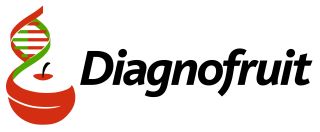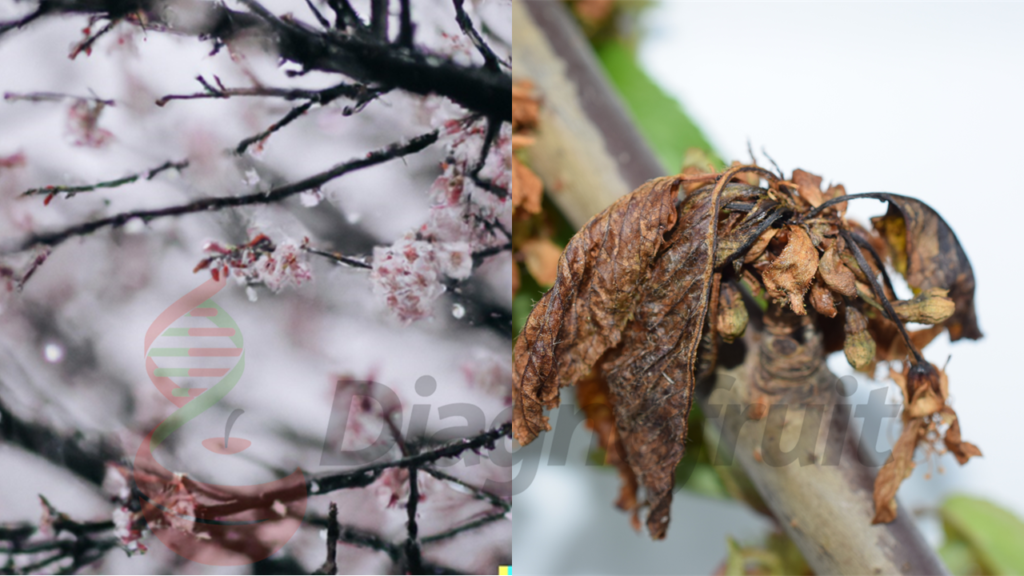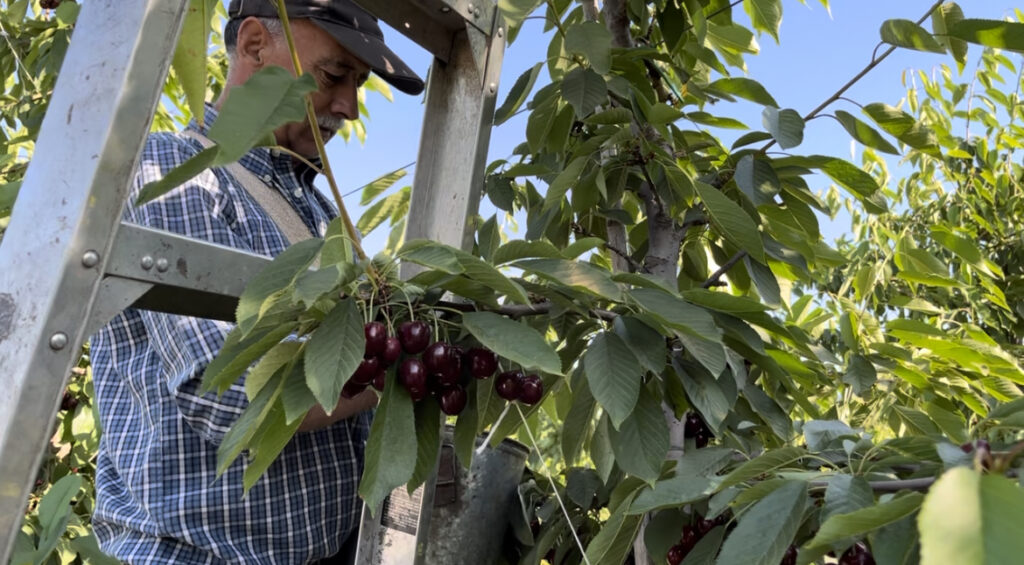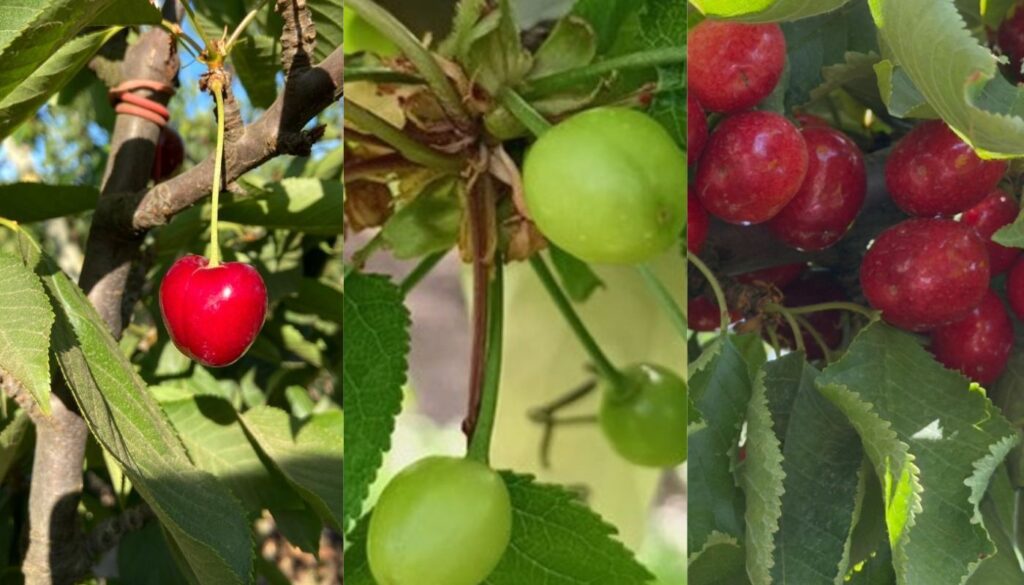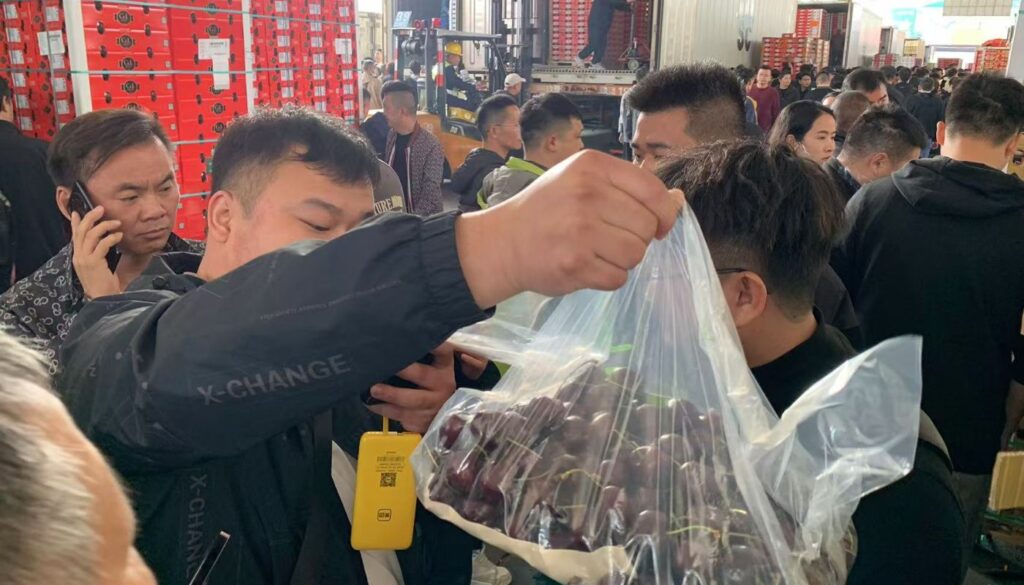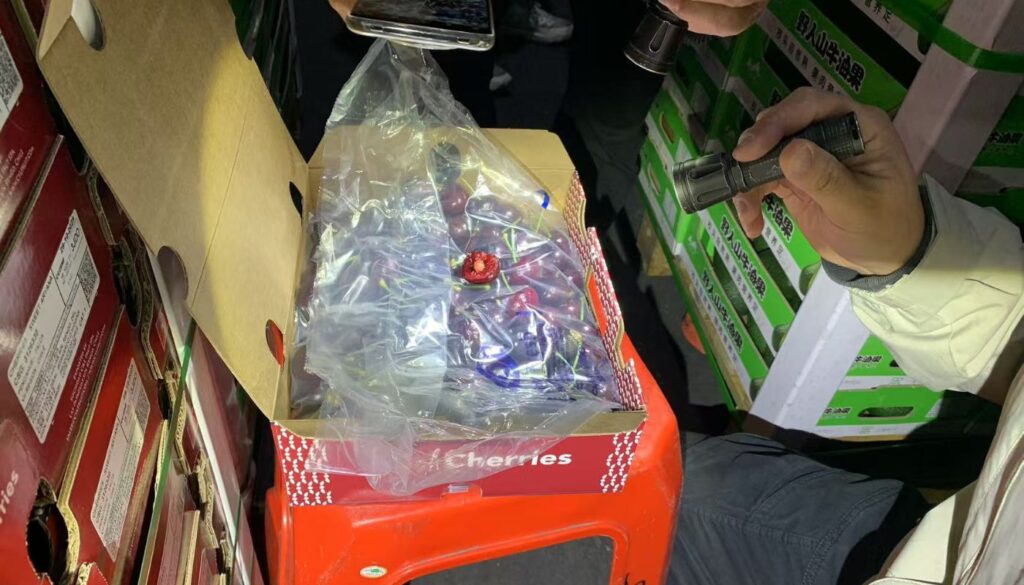By: Hector Garcia O., Co-founder and General Manager of Diagnofruit Laboratories Ltda, SOCHIFIT and AMICH Member. [email protected].
Several years of warm and dry springs have accustomed us to seeing little impact from typical early-season diseases, such as bacterial-caused cherry blossom blight; however, in 2022 the situation is different: intermittent rains, rising temperatures, but at the same time frost, and humid mornings mark an “old-fashioned” season, which should make us look and act with caution to ensure a trouble-free, high-quality harvest and post-harvest and sustainable production.
The first indicators
Depending on the plant species we work with in our laboratory, we use kiwi as a marker of what happens to bacteria in the field. Different species of Pseudomonas, P. syringae pv. syringae (Pss), P. syringae pv. actinidiae (Psa) or P. viridiflava They have been described as the causal agent of various variants of the disease generally known as: Kiwi Bacterial Cancer or Canker. In particular, Psa, generates symptoms that can be observed from winter, in particular it is characterized by a reddish color that sprouts from cankers and cut areas (Photo 1).
This season we began to register this symptomatology early, closely associated with tears, the water load in the soil is high, which drives these flows in a very noticeable way. Later, with the sprouting in full development, torched loaders already assured us of the sure presence of Pseudomonas. So, as a preliminary matter, we consider at least that the current season is behaving in a beneficial way for these phytopathogens; it should also be considered that many phytosanitary programs are lighter due to the years of poor performance in certain species.

First cases of blight in cherry trees
As described, the current spring has begun with the classic climatic instability that occurs in the central zone, humid mornings, intermittent rains, partially or completely clear days with high temperatures and in between some areas with frost; all or part of these characteristics had been lost in previous years, rather we are approaching recurrent heat waves, even present in the middle of winter and this accompanied by an almost absolute lack of rain.
The awakening of the cherry trees begins and the new tissue is exposed to infections by bacteria that coexist in our orchards (later we will see why sometimes they make us sick and other times not), flowers and secondarily accompanying leaves can be easy prey for Pseudomonas. In this way, in trials that we carried out in cold areas, foothills, Los Niches, Lontué, Chimbarongo, we began to observe the appearance of blackened flowers from the last week of September accompanied by a high load of Pseudomonas (Photo 2).

The populations of Pseudomonas, which due to low temperatures do not generate large populations in winter, have today communicated (I will explain this phrase later) and are beginning to advance on the primary tissues of our cherry trees. The bacteria usually penetrate the flower through the stigma, growth wounds or insect wounds, and a process of necrosis begins so that they can establish themselves successfully, advancing towards the peduncle and often advancing through the entire bouquet (Photo 3) causing a systemic infection.

Why a population of Pseudomonas becomes virulent?
Recent studies, which sought to describe the mechanisms of certain elicitors to activate the defenses of kiwis against Psa, have been able to show a component that this group of bacteria possess and that in some way marks the limits of virulent behavior in its host. The bacteria (also, recently this mechanism has been described in fungi of the group Fusarium) establish chemical communication channels that they use in some way as a kind of census, the so-called Quorum sensing; in even simpler words, they “smell” each other, that is, the more Pseudomonas There are in a fabric, more of these aromas exist in the environment and in this way they are able to recognize different levels allowing them to elaborate a population census.
So, What makes an endophytic population that lives peacefully inside its host become virulent and end up generating the dreaded Bacterial Cancer? To answer this we go back to the previous description; they count and quantify themselves, when they reach a high number of colonies they become cruel and they attack our fruit tree; taking it to the level of a battle, they wait for the army to be complete. The plants, for their part, work to keep these populations at bay, so that they do not exceed the lethal number, and it has been discovered that they do this through the activation of the salicylic pathway, which in some way we seek to exacerbate by applying active ingredients such as salicylic acid or acibenzolar.
Recommended management for control and prevention
Obviously, the first step is to monitor the orchards, detect symptoms, and if there are doubts, consult plant pathologists or send for laboratory analysis. In this way, blighted flowers and buds, necrotic spots on leaves and cankers should be recorded. As useful data when monitoring and sampling, cultivars such as Bing or Sweetheart are considered to be among the most sensitive, Regina among the most resistant, so monitoring should target the less tolerant cultivars as an alert system. Today, the fundamental idea is to quantify whether there is blossom blight as a critical point, to estimate the proportion of affected versus healthy flowers; in this sense and as a very general number, if there is more than 10% of symptomatic flowers, special measures should be taken, because it would indicate a high presence of inoculum that could later be projected as cankers.
We must understand flower blight as the acute symptom of the disease, they are rather localized attacks; if they occur at low frequencies, it can even serve as a warning. thinner biological in a season with a lot of fruit like the current one and this infection would remain at that level; however, cankers can then appear and this would be the chronic version of the disease, which requires more long-term care, continuous applications of biological and chemical control, cleaning of infected tissues, in order to maintain sustainable production in the long term.
If we need to take measures for severe attacks, the option of using antibiotics opens up. Considering antibiogram type analysis on populations of Pseudomonas For local cherry trees, I suggest the mixture of gentamicin & oxytetracycline and/or streptomycin & oxytetracycline. Alternate between both products in a mixture if more than one application is made for very complex cases, for example: high frequency of blight plus detection of cankers. 15 days after the last application with antibiotics, continue with applications of Bacillus, at least two, separated by 10-15 days, and evaluate in-situ the appearance of cankers to continue with more applications in the remainder of spring; we must try to go to "disturb" the populations of Pseudomonas present in the orchards and this is achieved with several applications in the season of bio-controllers such as Bacillus.
So, the advice is to be very attentive to protect the garden. Preventive measures accompanied by monitoring are those that will allow us to keep our gardens balanced and healthy, allowing for quality production in the long term.

